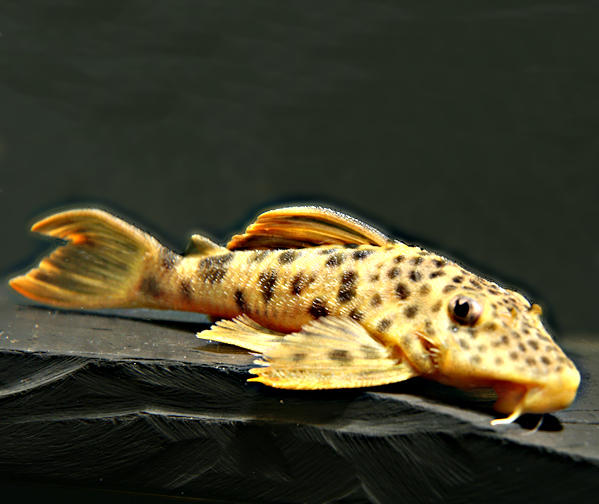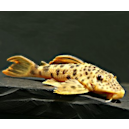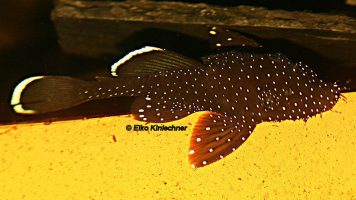Hello catfish freaks,
today I want to introduce you in five articles from the current issue of Aquaristik Fachmaganzin August / September 2015:
Ingo Seidel "Lippenbrüter als erfolgreiche Fortpflanzungsstrategie"
(„Lips breeder as a successful reproductive strategy“)
In fishes there are various reproductive specialists, such as the mouthbreeders. In Loricariids the lip breeders are most similar to the mouth breeders. These are a part of the sand-dwelling whiptails.
Ingo discusses the systematic of Loricariinae. The Loricariinae has two tribes, Harttiini and Loricariini. Futhermore we subdivide the Loricariini in the subtribes Sturisomina and Loricariina (Whiptails). The Loricariini consists of few small groups. In the Loricaria-group, the Loricariichthys-group and Pseudohemiodon-group there are lip breeders.
But it is not just that these catfishes only care her brood with the enlarged lips. For example, Brochiloricaria macrodon lays their eggs on wood or stones. Pseudoloricaria use a leaf as protection against the ground.
Ingo Seidel "Pflege und Vermehrung von lippenbrütenden Hexenwelsen"
(„Care and propagation of lip breeding whiptails“)
In this Artikel Ingo give a few hints for establishing an aquarium for whiptails: in general he uses sand as ground. For some species (for example Loricaria-group and Loricariichthys-group) we can also use fine, blunt gravel. Caves of any kind are a special trap, because these catfishes can clamp in these. More robust and area forming fishes should not live in the same aquarium. Also fishes that may graze the back of the whiptails are dangerous. Ingo recommends as feed live and frozen food, if necessary, tablets and granules.
Abandoned eyes can try hatch manually. Ingo use Acriflavin to protect the eggs against fungal infection.
Ingo write in this article more information about equipment for the aquarium, for aqua and food, for reproduction and rearing.
Ingo Seidel "Lippenbrüter in ihren natürlichen Lebensräumen"
(„Lip breeders in natural habitat“)
Often Ingo was in Southamerica to catch fishes. He presents different habitats in which he found lip breeders. For example los Llanos and Río Sipapo in Venezuela, Yarina Cocha and Río Chio in Peru, Rio Tefé in Brazil and Río Suruto in Bolivia.
Particularly interesting is also that Loricariichthys platymetopon are able to breathe atmospheric.
(water parameters are available in the overview)
Ingo Seidel "L24 endlich beschrieben: Pseudacanthicus pitanga"
(„L24 finally described“)
It’s an article more that inform about the scientific description of Pseudacanthicus pitanga, previously known as Pseudacanthicus sp. “L24”.
Ingo notes that this species are very numerous in the Rio Tocantins although two dams have been built there. The Tucurui is already over 30 years old. Ingo hopes that the sister species Pseudacanthicus sp. "L25" will survive the construction from Belo Monte.
Oliver Lucanus "Gewässerzonen am Rio Tomo"
(„Watercourse zones at the Rio Tomo“)
Oliver Lucanus is known for its spectacular underwater photographs. We can find some of these in this article. In Colombia, in the Rio Tomo there he found the ideal picture of a rapid. He subdivides this rapid in 5 areas: before (1), just before (2), within (3), below (4), it flows into a lake (5). In the areas 1, 2, 4, 5 the biodiversity was been very high.
He observed different fish species in these areas. In area 3 he saw only Hemiancistrus sp. "L128" and Characidium pellucidum.
Enjoy reading of AF


